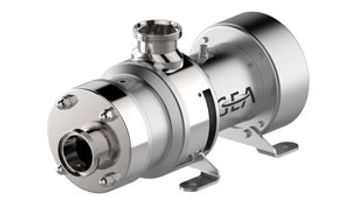
GEA began supplying the new GEA Hilge Novatwin hygienic twin-screw pump line.

GEA began supplying the new GEA Hilge Novatwin hygienic twin-screw pump line.

The new BIOSTAT STR Generation 3 with BIOBRAIN bioproduction platform offers process intensification with automated feed and bleed and integrated cell retention functionality.
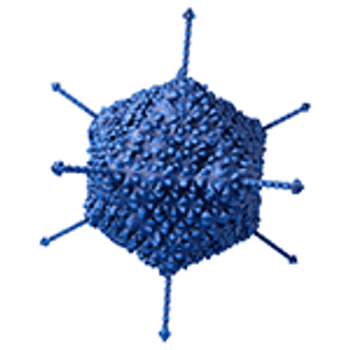
The production of viral vectors for use in gene therapy benefits from being able to use similar cell-culture processes as mAbs, but it faces limitations under current cell-culture technologies.
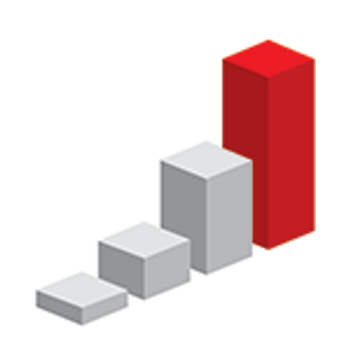
Industry experts debate the pros and cons of “going bigger” than the 2000-L industry norm in a single vessel.
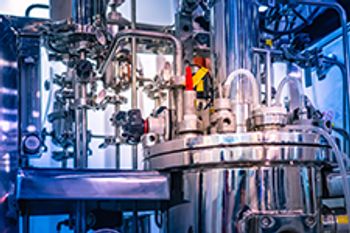
The latest advances in upstream technologies include single-use equipment and a protein analyzer for titer monitoring, as well as new plasmid DNA manufacturing capability.
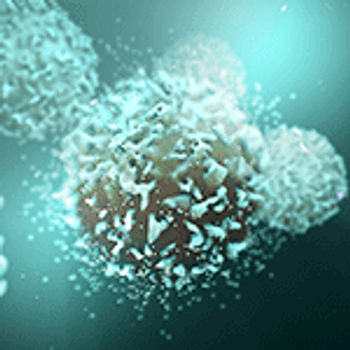
Accelerated approval pathways and growing demand for cell and gene therapies are putting pressure on providers of cellular starting materials, and they must ensure a steady supply.

The evolution of cell-culture technology is driving the need for improvements in modeling solutions.
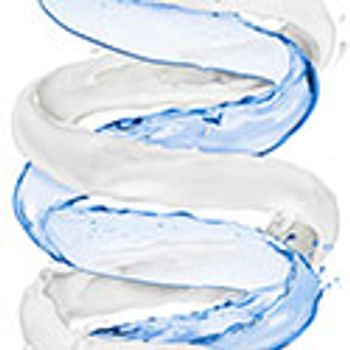
Successful process intensification with inline dilution requires effective monitoring and control.
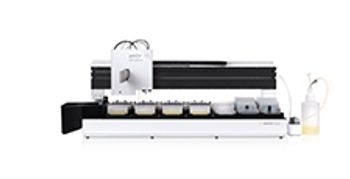
Sartorius Stedim Biotech’s Generation 2 ambr 15 cell culture microbioreactor system offers increased flexibility and expanded capability for clone selection, media and feed optimization, and early process development work.
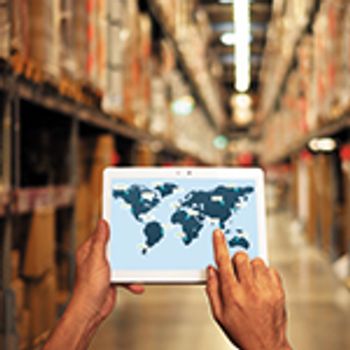
Dual-sourcing and redundant manufacturing capabilities are crucial in a single-use supply chain strategy, but must be applied correctly.
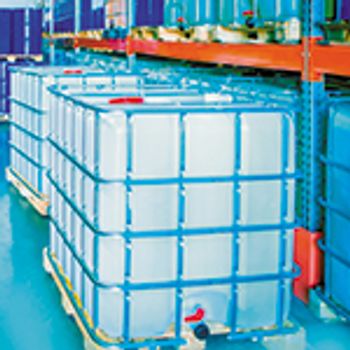
Single-use systems offer a solution to the challenges inherent in buffer preparation, which can be the cause of bottlenecking in bioprocessing.
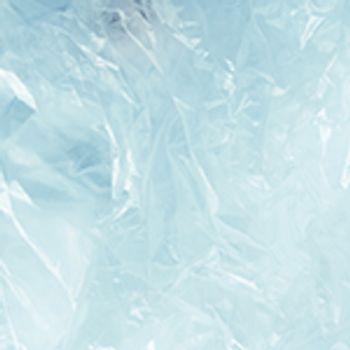
This article provides a review of various 2000-L single-use bioreactors used by biopharmaceutical suppliers for commercial production.

The $10-million investment will include a 500-L single-use perfusion bioreactor and seven patented downstream processing units.
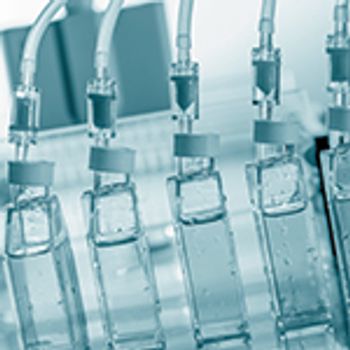
Recent upstream processing innovations include enhanced sensor technology, single-use bioreactors, and automated cell culture systems.

The BioContinuum Buffer Delivery Platform offers streamlined buffer management and delivers “contiGuous” bioprocessing.

Pharmaceutical Technology and BioPharm International will present a Keynote Session on Meeting Bioprocessing Manufacturing Capacity Demands on Wednesday, April 3, 2019, during INTERPHEX 2019 at the Javits Center in New York City.

Distek, a provider of laboratory testing instruments, added a dual impeller single-use bioreactor (SUB) system to its BIOne portfolio.
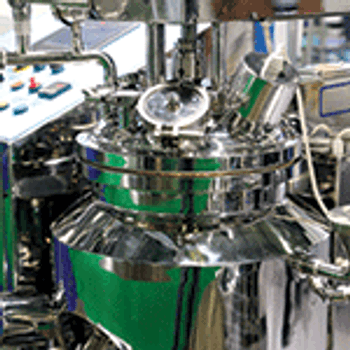
A look at recent investments by contract manufacturers to increase single-use bioreactor capacity.

Suppliers address the complexity of supplying disposable components for single-use systems to the global biopharmaceutical manufacturing industry.

Single-use components for biopharmaceutical manufacturing have a lower environmental impact than reusable components, but disposal is still a consideration.

Parker Bioscience Filtration added a cleanroom at its site in Birtley, UK for manufacturing single-use assemblies and sensors used in biopharmaceutical processing.

G-CON will provide a complete cleanroom infrastructure for GE Healthcare’s cell therapy and viral vector production platforms that will simplify early-stage manufacturing efforts.

Automation in cell-line development and cell culture is leading to more consistent quality while improving efficiency, and, ultimately, speed to market.
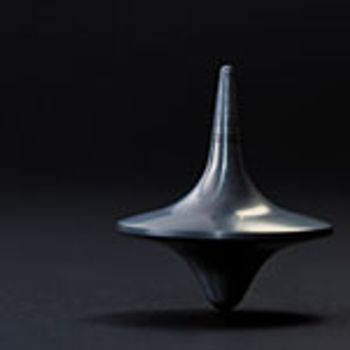
Advances in single-use technologies, sensors, and cell retention systems facilitate processes designed for the long run.
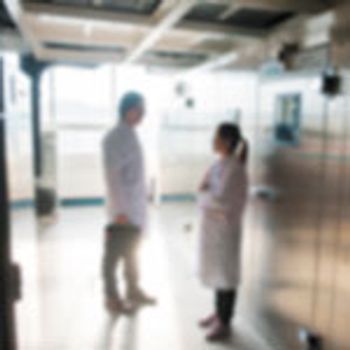
Recent equipment and updated product options offer improvement to a range of biopharmaceutical manufacturing tasks.